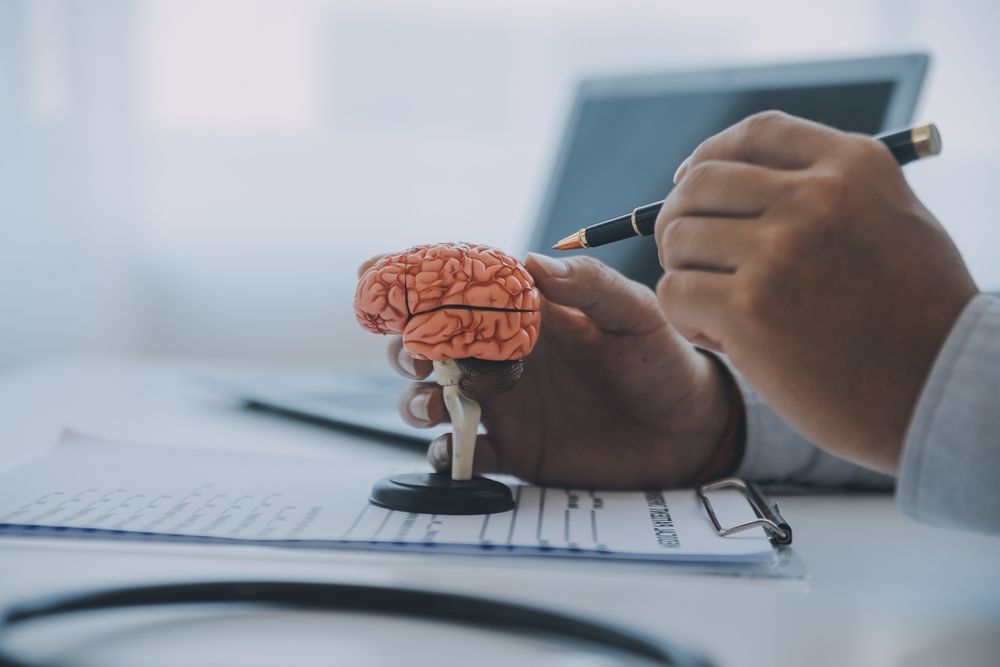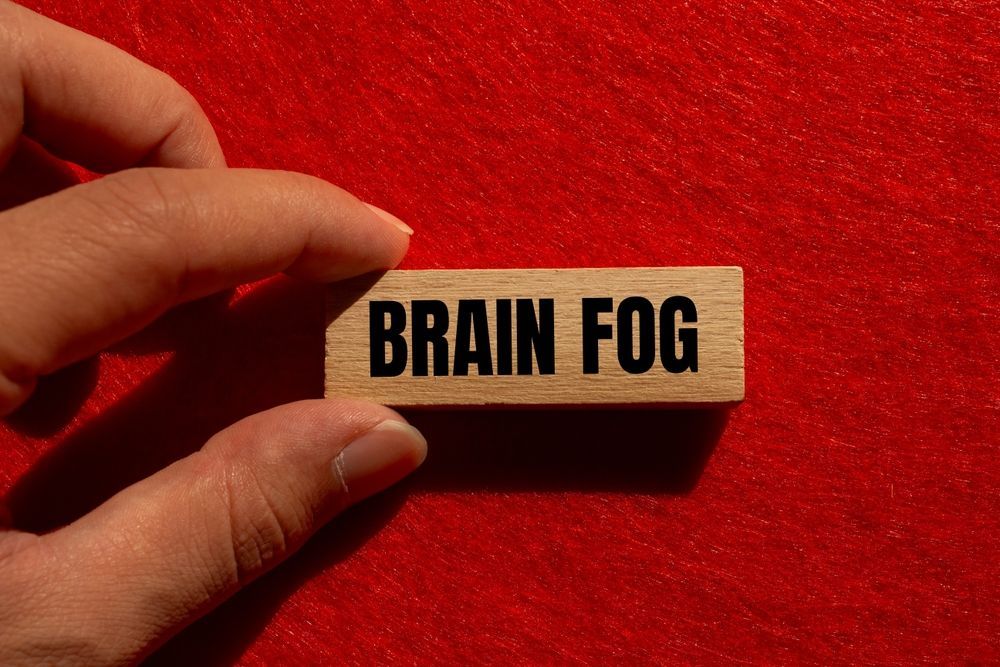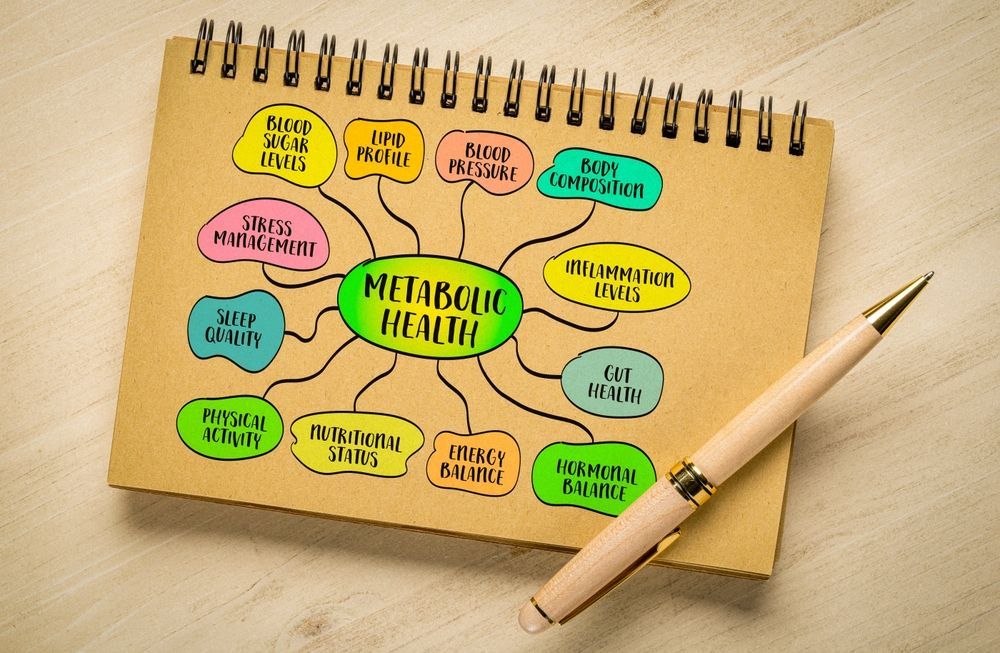Boosting Brain Function with NAD+ IV Therapy

NAD+ IV therapy is a growing trend in the wellness community, with claims to enhance mental acuity and boost brain function. Understanding the role of NAD+ in the brain is essential to evaluating its potential benefits and efficacy.
Understanding the Role of NAD+ in the Brain
The Biochemical Basics of NAD+
NAD+ (Nicotinamide Adenine Dinucleotide) is a coenzyme found in every living cell. It plays a critical role in cellular metabolism by facilitating oxidation-reduction reactions, which are pivotal for energy production. In essence, NAD+ helps convert food into energy, enabling cells to function optimally.
In addition to energy production, NAD+ is necessary for the functioning of several enzymes, including sirtuins, which are involved in regulating cellular health, metabolism, and aging. Its presence is vital for maintaining DNA integrity and mediating cellular repair mechanisms, which are crucial for brain health as well.
NAD+ and Cognitive Function
Research indicates that adequate levels of NAD+ are associated with improved cognitive function. The brain, being one of the most energy-demanding organs, relies heavily on NAD+ to maintain its capabilities. Low levels of NAD+ have been linked to various cognitive impairments, including memory loss and decreased alertness.
By supporting neurotransmitter function and promoting neural plasticity, NAD+ can enhance learning and memory retention. Studies suggest that boosting NAD+ levels may even mitigate the effects of neurodegenerative diseases, promoting healthier brain aging.
Moreover, NAD+ is intricately involved in the regulation of circadian rhythms, which are essential for maintaining optimal brain function. Disruptions in these rhythms can lead to sleep disorders and cognitive decline. By ensuring that NAD+ levels are balanced, we may help stabilize these rhythms, thereby enhancing overall cognitive performance and emotional well-being. Additionally, the interplay between NAD+ and other neuroprotective factors, such as brain-derived neurotrophic factor (BDNF), underscores its importance in fostering a resilient and adaptable brain.
Furthermore, emerging research is exploring the potential of NAD+ precursors, such as nicotinamide riboside (NR) and nicotinamide mononucleotide (NMN), as supplements to boost NAD+ levels. These compounds have shown promise in preclinical studies, suggesting they could be beneficial not only for cognitive enhancement but also for combating age-related decline in brain function. As scientists continue to unravel the complexities of NAD+ metabolism, the hope is that targeted interventions could pave the way for innovative strategies to support brain health throughout the aging process.
The Science Behind NAD+ IV Therapy
How NAD+ IV Therapy Works
NAD+ IV therapy involves the intravenous delivery of NAD+ to improve its availability within the body. This method is believed to bypass digestive degradation, providing an increased concentration of NAD+ directly into the bloodstream.
The treatment typically lasts a few hours and requires the supervision of healthcare professionals. Once administered, NAD+ is rapidly absorbed by cells, significantly elevating cellular NAD+ levels. As a result, patients may experience enhanced energy levels and cognitive benefits almost immediately.
Potential Benefits of NAD+ IV Therapy for Brain Function
Research continues to explore the various benefits of NAD+ IV therapy, particularly concerning brain health. Potential benefits include:
- Improved Mental Clarity: Many individuals report sharper thinking and enhanced focus after treatments.
- Increased Energy: By boosting cellular metabolism, the therapy may counteract fatigue and enhance overall vitality.
- Neuroprotective Effects: Some studies suggest NAD+ therapy may protect against neurodegenerative damage.
- Better Mood Regulation: Elevated NAD+ levels can improve mood regulation and feelings of well-being.
Such benefits make NAD+ IV therapy appealing for those looking to optimize brain function and support cognitive health as they age.
Debunking Common Myths about NAD+ IV Therapy
Safety and Side Effects of NAD+ IV Therapy
In general, NAD+ IV therapy is considered safe when administered by qualified healthcare professionals. Most patients experience few side effects, but some might report symptoms like nausea, fatigue, or headache during the infusion.
However, it’s essential to discuss any underlying medical conditions or medications with a healthcare provider beforehand. This ensures a personalized approach to treatment, enhancing safety and efficacy.
Addressing Skepticism: Is NAD+ IV Therapy a Miracle Cure?
Despite the enthusiasm surrounding NAD+ IV therapy, it’s crucial to approach it with realistic expectations. While some individuals report significant benefits, it is not a cure-all solution. The effectiveness of the therapy can vary based on individual health status, lifestyle, and specific needs.
Understanding that NAD+ IV therapy is one part of a broader health strategy is essential. A balanced diet, regular exercise, and adequate sleep are equally important for brain health and overall well-being.
Practical Considerations for NAD+ IV Therapy
Who Can Benefit from NAD+ IV Therapy?
NAD+ IV therapy can be beneficial for various groups of individuals, including:
- Those experiencing chronic fatigue or mental fog.
- Individuals looking to enhance cognitive function or mental clarity.
- People undergoing recovery from substance dependence, as NAD+ may aid in reducing cravings.
- Older adults seeking to maintain or improve cognitive health.
However, anyone considering the therapy should consult with a healthcare provider to determine if it is a suitable option based on their specific health profile.
What to Expect During a NAD+ IV Therapy Session
During a NAD+ IV therapy session, patients can expect a calming environment, often with options to relax or read during the infusion. The healthcare provider will establish an IV line and monitor the infusion, which can take anywhere from 1 to 4 hours, depending on the protocol.
Hydration and pre-treatment nutrition may also be recommended for optimal outcomes. After the therapy, it’s common for patients to experience a period of increased energy and clarity, although results may vary from person to person.
The Future of NAD+ IV Therapy and Brain Health
Ongoing Research in NAD+ IV Therapy
The field of NAD+ research is expanding, with numerous studies underway to explore its full potential. Researchers are investigating the long-term effects of NAD+ IV therapy, its mechanisms in neuroprotection, and how it may benefit various neurological conditions.
As evidence continues to accumulate, the hope is that NAD+ IV therapy can become a well-established component of holistic approaches to brain health.
NAD+ IV Therapy in the Context of Brain Health and Aging
As the population ages, maintaining cognitive health is becoming increasingly critical. NAD+ IV therapy presents a promising avenue to not only mitigate age-related cognitive decline but also enhance overall brain function.
Looking forward, personalized medicine approaches may allow for tailored NAD+ therapies that cater to individual needs based on genetic profiles, lifestyle choices, and health goals. The future indeed holds great potential for NAD+ IV therapy in promoting longevity and cognitive vitality.
Get In touch

14891 North Northsight Blvd Suite 118, Scottsdale, AZ 85260

8AM-8PM (Mobile)
8AM-6PM (In-clinic)
QUICK Links
We Accept

We accept cash and all major credit cards. Our services are also HSA & FSA (Health/Flexible Savings Account) approved!
© 2016-2025 Arizona IV Medics | All rights reserved | Privacy Policy | Powered By OMG Marketing







